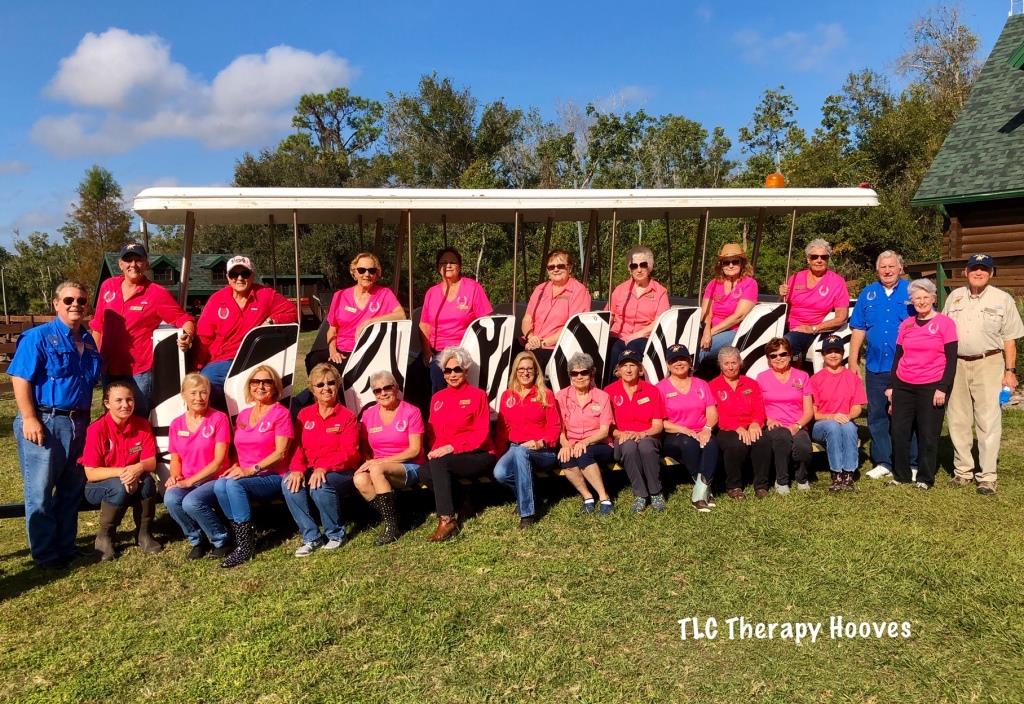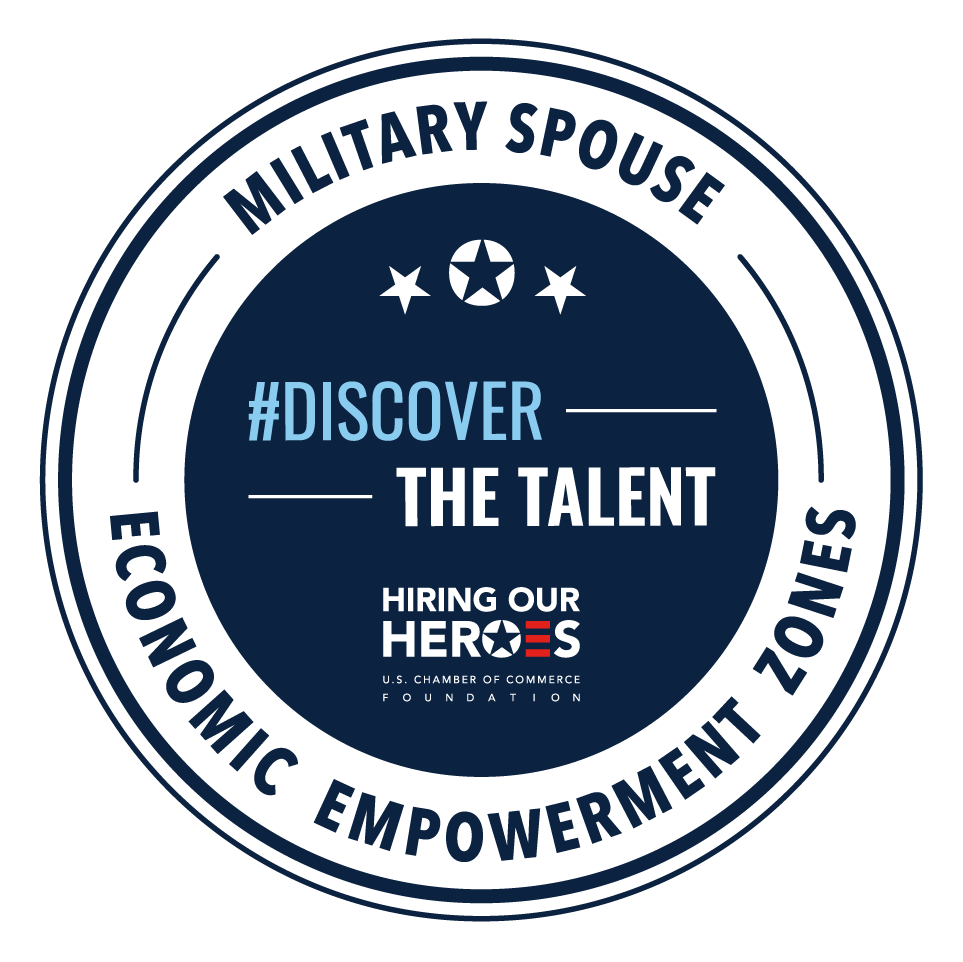BUSINESS RESOURCES
Looking at creating or refining your business development plan can be daunting. There are a lot of things to keep in mind when determining which ways to grow or improve your company. For a good overview on what business development is and what goes in to creating a successful business development plan, check out The Ultimate Guide to Business Development.
If you want another perspective that offers some tips on how to get started, check out Investopedia’s blog.
For those who are trying to envision what a business development plan looks like in a post-COVID-19 world (and aren’t we all?), check out this article by Kevin Sneader and Bob Sternfels.
Wherever you are in your business development cycle, Powerhouse can help.





 month, we’re focusing on setting goals, so we asked Dean to share any words of wisdom he might have. Of course, he quoted Monty Python:
month, we’re focusing on setting goals, so we asked Dean to share any words of wisdom he might have. Of course, he quoted Monty Python:


